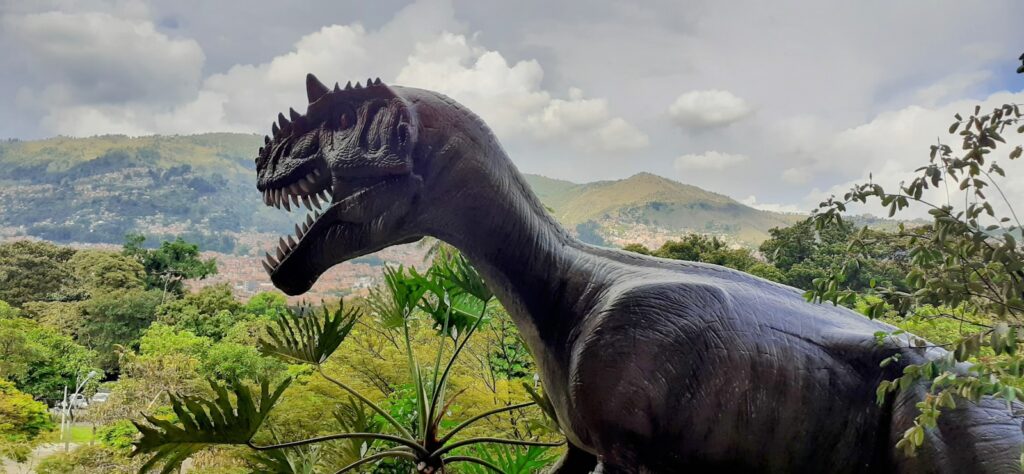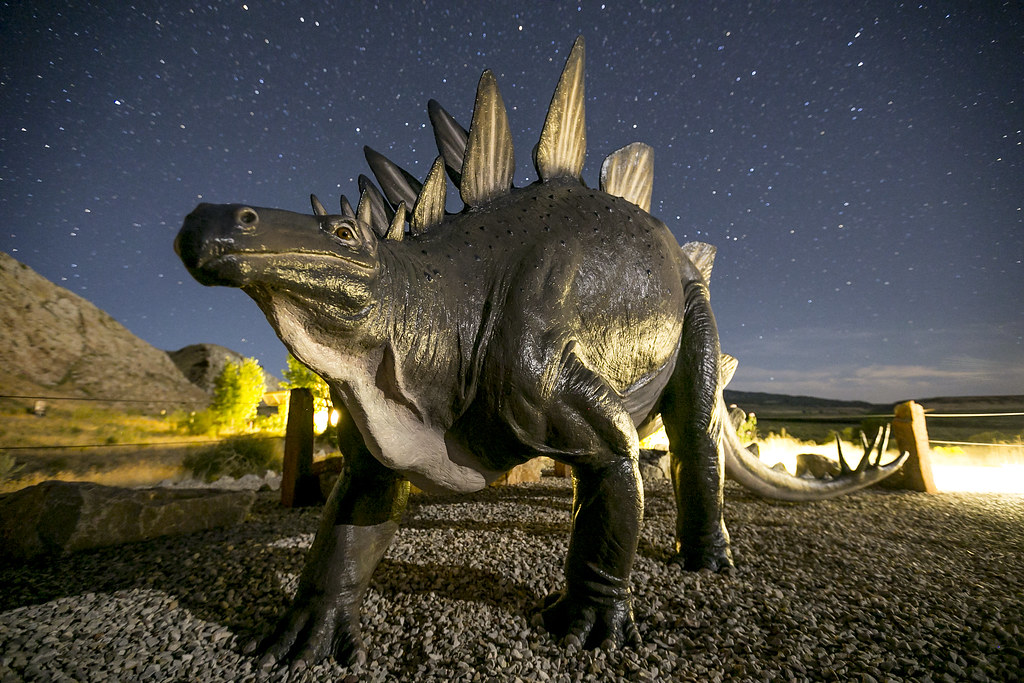Picture this: a massive Tyrannosaurus rex trudging through pristine white snow, its powerful breath creating clouds of steam in the frigid air. For decades, we’ve imagined dinosaurs basking in perpetual tropical warmth, but groundbreaking scientific discoveries are rewriting this narrative entirely. The evidence is mounting that these ancient giants didn’t just survive in snowy conditions—they thrived in them.
The Frozen Forests of Alaska’s Ancient Past
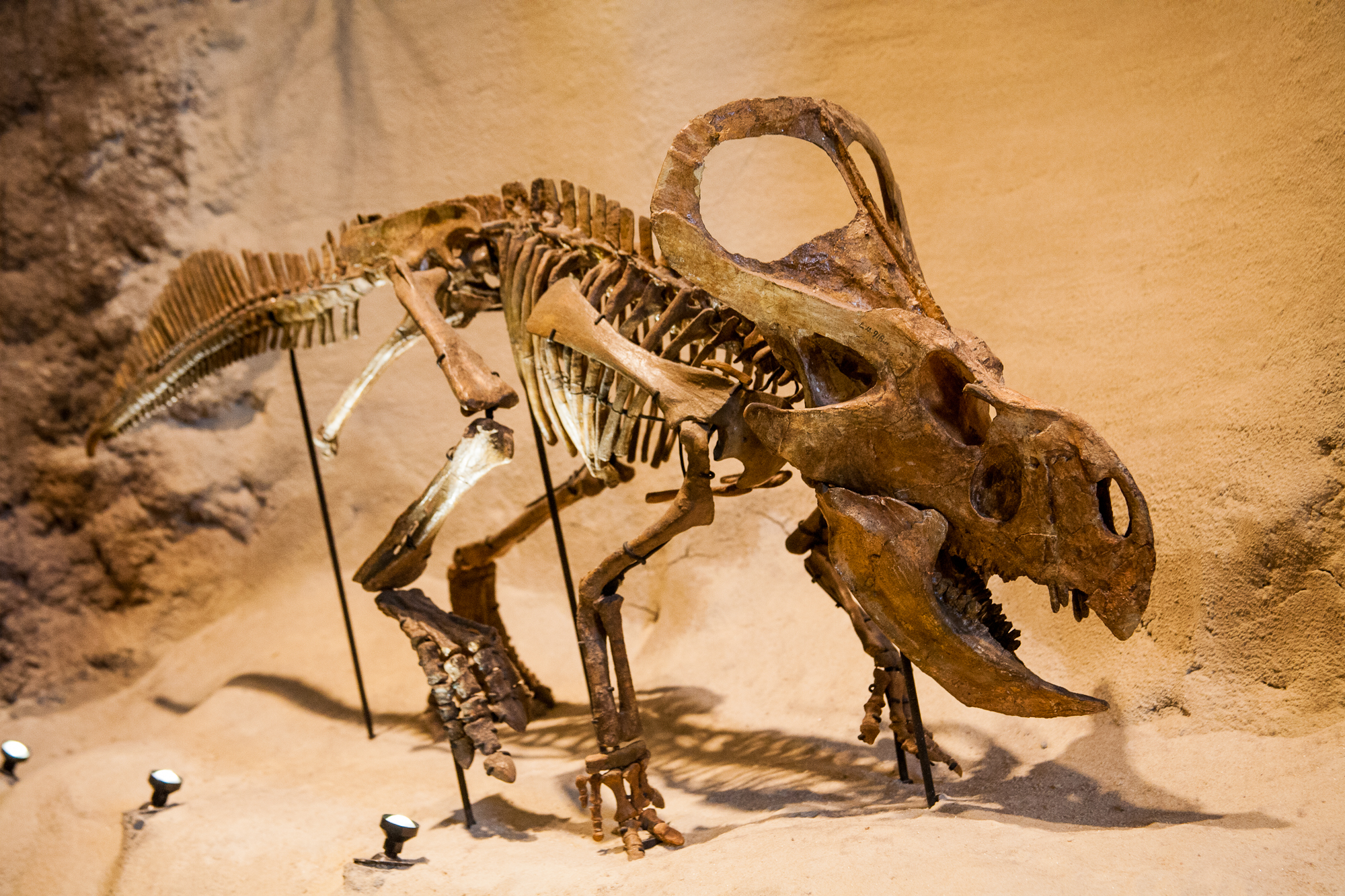
Alaska’s North Slope holds some of the most compelling evidence for dinosaur-snow interactions ever discovered. Paleontologists have unearthed hundreds of dinosaur fossils in regions that experienced months of polar darkness 70 million years ago. The Liscomb Bonebed, located above the Arctic Circle, contains remains of duck-billed hadrosaurs, tyrannosaurs, and other species that clearly lived year-round in conditions where snow was inevitable.
These weren’t just occasional visitors passing through during warmer seasons. The presence of juvenile fossils and nesting sites proves that entire dinosaur populations called these frigid regions home. The bone microstructure shows growth patterns consistent with animals adapted to seasonal temperature variations, not the steady warmth we once assumed all dinosaurs required.
Feathered Giants: Nature’s Original Winter Coats
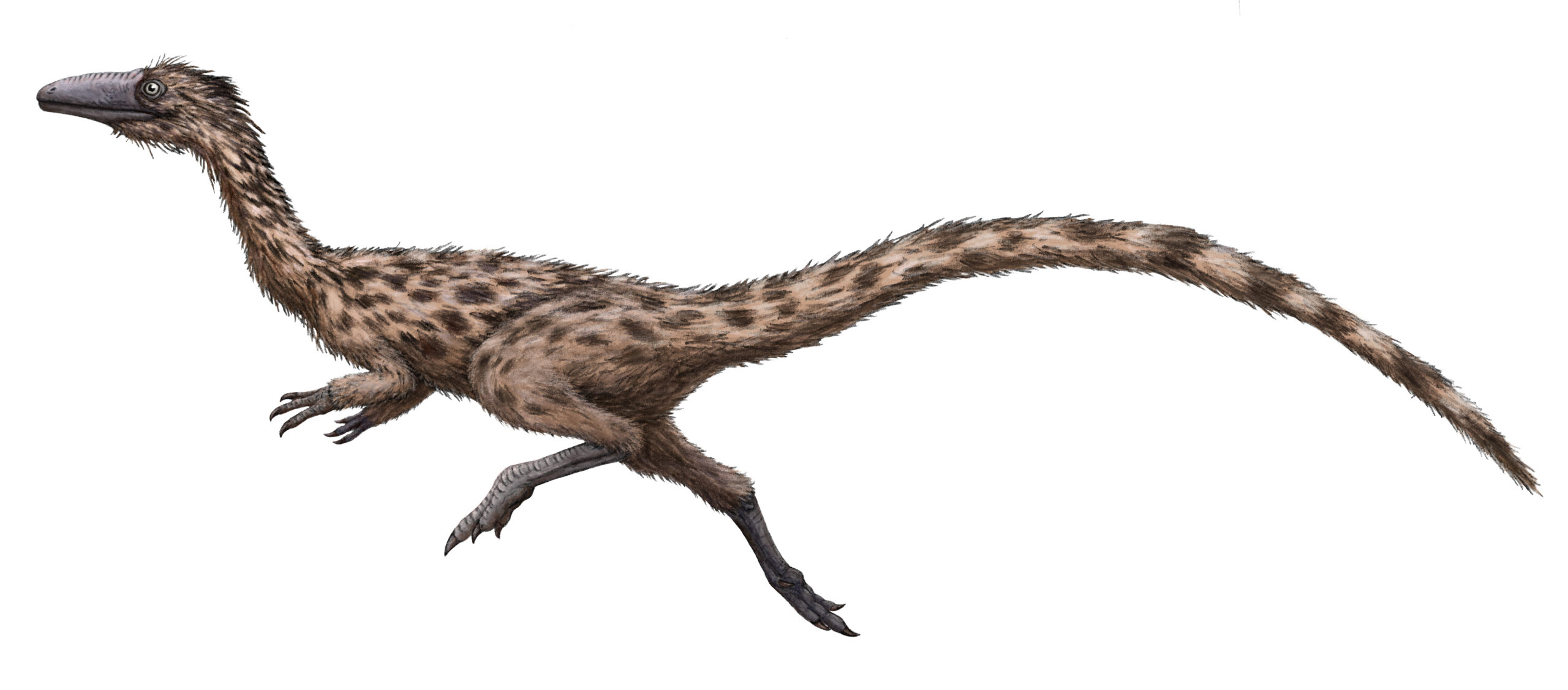
The discovery of feathered dinosaurs has revolutionized our understanding of how these creatures survived cold climates. Yutyrannus huali, a massive feathered tyrannosaur from China, weighed over 3,000 pounds and sported a coat of primitive feathers that served as insulation. This isn’t just speculation—the fossil preservation is so exceptional that scientists can see the actual feather impressions.
Similar feathered species have been found across different continents and time periods, suggesting that insulation was a common adaptation among dinosaurs. These proto-feathers weren’t for flight but for warmth, acting like down jackets that allowed dinosaurs to maintain their body temperature in harsh conditions. The diversity of feathered species indicates that cold-weather adaptations were widespread throughout the dinosaur kingdom.
Bone Chemistry Reveals Ancient Temperature Secrets
Scientists have developed sophisticated techniques to analyze the chemical composition of dinosaur bones, revealing startling information about ancient temperatures. Oxygen isotope analysis of tooth enamel and bone phosphate can determine the temperature of the water dinosaurs drank and the air they breathed. These studies consistently show that many dinosaurs lived in environments significantly cooler than previously thought.
The isotopic signatures found in Arctic dinosaur fossils match those of modern animals living in cold climates. This chemical evidence provides an unbiased record of ancient temperatures, proving that dinosaurs weren’t just visiting cold regions—they were permanent residents of environments where snow was a regular occurrence.
Plant Fossils Paint a Chilly Picture
The vegetation found alongside dinosaur fossils tells a compelling story of cold-adapted ecosystems. Fossilized conifer needles, deciduous leaves, and root systems from dinosaur-bearing formations show characteristics typical of temperate and even subarctic climates. These plants had adaptations for surviving freezing temperatures, including thick waxy coatings and specialized cellular structures.
Paleobotanists have identified fossil forests with growth rings indicating seasonal temperature variations of 30 degrees Fahrenheit or more. The presence of these cold-adapted plant communities alongside dinosaur fossils proves that these ancient ecosystems regularly experienced freezing temperatures and snowfall. The dinosaurs weren’t just surviving in these environments—they were integral parts of cold-weather food webs.
Behavioral Adaptations for Snow Survival
Evidence suggests that dinosaurs developed remarkable behavioral strategies for dealing with snow and ice. Trackway fossils show that some species migrated seasonally, following food sources and favorable weather patterns. However, many others seem to have stayed put year-round, suggesting they had developed ways to find food and shelter even in the harshest conditions.
Fossilized burrows and nests found in cold-climate deposits indicate that some dinosaurs may have hibernated or entered states of reduced activity during the coldest months. The size and construction of these shelters show sophisticated understanding of insulation and heat conservation. These behavioral adaptations were likely passed down through generations, allowing dinosaur communities to thrive in environments where snow was commonplace.
The Polar Dinosaur Migration Mystery
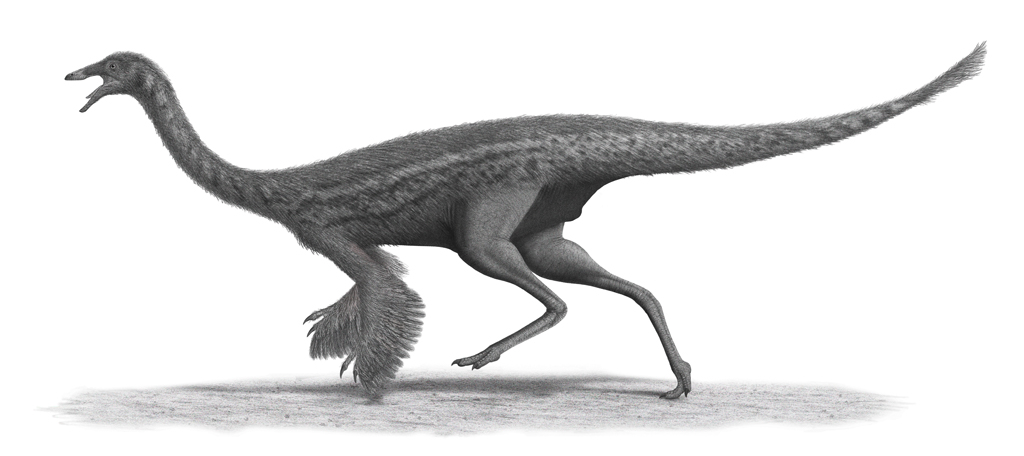
One of the most fascinating aspects of cold-climate dinosaur research involves the question of migration. Some species appear to have undertaken massive seasonal journeys, traveling thousands of miles between summer and winter habitats. Fossil evidence from different latitudes shows the same species appearing in warm climates during winter months and returning to colder regions for summer breeding.
However, not all dinosaurs were migrants. Many species seem to have been year-round residents of high-latitude regions, developing specialized adaptations for surviving months of darkness and snow. The mix of migratory and resident species created complex ecosystems where some dinosaurs left for warmer climates while others remained to weather the storms.
Metabolism and Cold-Weather Survival
The ability to survive in snowy climates provides crucial insights into dinosaur metabolism and physiology. Cold-weather survival requires high metabolic rates to maintain body temperature, supporting the theory that dinosaurs were warm-blooded rather than cold-blooded reptiles. The energy demands of generating body heat in freezing conditions would have been impossible for truly cold-blooded animals.
Bone histology studies reveal growth patterns consistent with endothermic (warm-blooded) metabolism in cold-climate dinosaurs. These animals had the rapid bone growth rates and complex vascular systems needed to maintain high body temperatures. The evidence suggests that dinosaurs developed sophisticated physiological mechanisms for temperature regulation that rivals modern mammals and birds.
Snow-Adapted Hunting Strategies
Predatory dinosaurs living in snowy environments had to develop specialized hunting techniques to catch prey in challenging conditions. Fossil evidence suggests that some carnivorous dinosaurs developed enhanced sensory abilities to detect prey beneath snow cover. Changes in skull structure and brain cavity size indicate improved hearing and possibly enhanced sense of smell.
Pack hunting behavior may have become more common in cold climates, as group cooperation would have been essential for bringing down large prey in energy-demanding environments. Trackway evidence shows coordinated movement patterns among predatory dinosaurs in cold-climate deposits, suggesting sophisticated social hunting strategies that maximized success rates while minimizing energy expenditure.
The Role of Body Size in Cold Survival
Interestingly, many cold-climate dinosaurs were larger than their warm-climate relatives, following a pattern known as Bergmann’s rule. Larger body size provides better heat retention because of the favorable ratio between body volume and surface area. This size advantage would have been crucial for surviving long, cold winters when food was scarce and energy conservation was essential.
However, some smaller dinosaurs also thrived in cold climates by developing alternative strategies like enhanced insulation and behavioral adaptations. The diversity of sizes among cold-climate dinosaurs shows that there were multiple successful approaches to surviving in snowy environments, from the brute force of large body mass to the efficiency of specialized features.
Fossil Preservation in Cold Climates
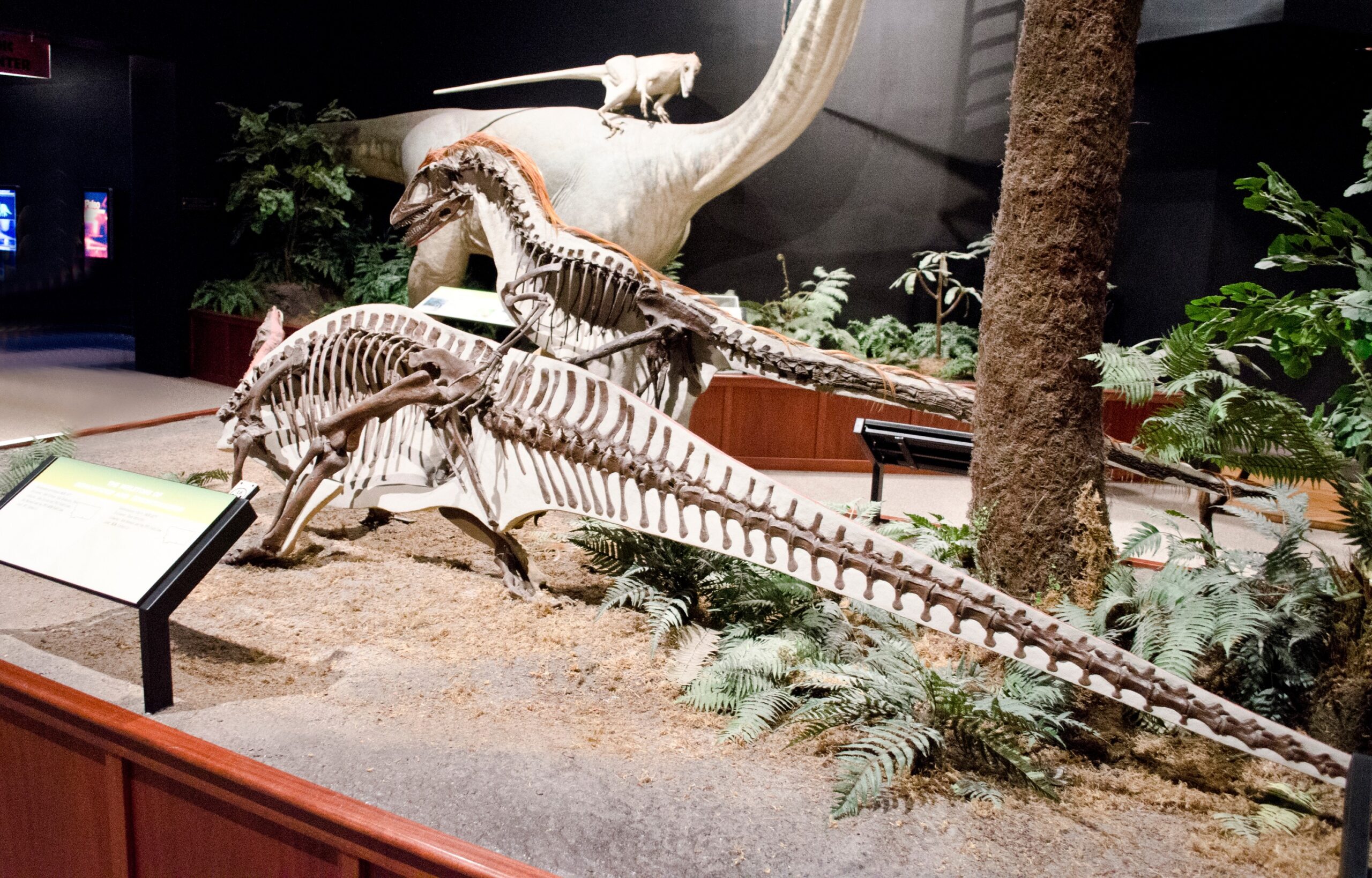
The exceptional preservation of cold-climate dinosaur fossils has provided unprecedented insights into their lives and adaptations. Cold temperatures and specific soil chemistry conditions can lead to remarkable fossil preservation, including soft tissues, skin impressions, and even evidence of internal organs. These finds have revolutionized our understanding of dinosaur biology and behavior.
Permafrost conditions have preserved dinosaur remains with incredible detail, allowing scientists to study everything from stomach contents to muscle fiber structure. This preservation quality has revealed evidence of cold-weather adaptations that would have been impossible to detect in fossils from warmer climates, providing a unique window into how dinosaurs survived in challenging environments.
Modern Parallels: What Today’s Cold-Climate Animals Tell Us
Studying modern animals that thrive in cold climates provides valuable insights into how dinosaurs might have survived snowy conditions. Large mammals like bison and caribou demonstrate that substantial animals can indeed thrive in harsh winter environments through behavioral adaptations, seasonal migration, and physiological changes. These modern examples show that the idea of cold-adapted dinosaurs isn’t far-fetched at all.
Arctic birds provide particularly relevant comparisons, as they share dinosaurs’ avian heritage. Species like snowy owls and ptarmigan show how feathered creatures can survive extreme cold through specialized plumage, behavioral adaptations, and metabolic adjustments. These modern examples help scientists understand the mechanisms that could have allowed feathered dinosaurs to survive in similar conditions millions of years ago.
Climate Change and Dinosaur Adaptation
The evidence for cold-climate dinosaurs takes on new significance when viewed in the context of ancient climate change. During the Mesozoic Era, Earth experienced significant temperature fluctuations, including cooling periods that would have challenged dinosaur populations. The ability to adapt to cold conditions may have been crucial for survival during these climate transitions.
Some researchers suggest that dinosaurs’ cold-weather adaptations actually helped them survive the gradual cooling that occurred toward the end of the Cretaceous Period. The species that had already developed strategies for dealing with cold climates may have been better positioned to survive environmental changes than those adapted only to warm conditions.
Implications for Dinosaur Extinction Theories
The discovery of cold-adapted dinosaurs has implications for theories about dinosaur extinction. If dinosaurs were already surviving in cold climates, the “nuclear winter” scenario following the asteroid impact becomes less of a unique challenge and more of an extreme version of conditions some dinosaurs had already experienced. This doesn’t diminish the catastrophic nature of the extinction event, but it suggests that cold tolerance wasn’t the limiting factor.
Instead, the extinction may have been driven by other factors like the collapse of food webs, acid rain, or the duration of the harsh conditions rather than just the cold temperatures themselves. The cold-adapted dinosaurs’ ultimate fate shows that even the most resilient species can be overwhelmed by sufficiently extreme environmental changes.
Revolutionary Discoveries Continue to Emerge
New findings about cold-climate dinosaurs continue to emerge from fossil sites around the world. Recent discoveries in Australia, Antarctica, and northern Canada are expanding our understanding of how widespread cold-adapted dinosaurs really were. These findings suggest that snowy climates were far more common during the Mesozoic Era than previously thought.
Advanced imaging techniques and analytical methods are revealing details about dinosaur cold adaptations that were invisible to earlier researchers. Each new discovery adds another piece to the puzzle, painting an increasingly clear picture of dinosaurs as remarkably adaptable creatures capable of thriving in diverse and challenging environments.
The evidence is overwhelming: dinosaurs didn’t just survive in snowy climates—they evolved sophisticated strategies to thrive in them. From feathered insulation to behavioral adaptations, from specialized metabolism to complex migration patterns, these ancient giants demonstrated remarkable resilience in the face of harsh conditions. This revolutionary understanding transforms our entire perception of dinosaur biology and their relationship with Earth’s ancient climates.
The implications extend far beyond paleontology, offering insights into how life adapts to environmental challenges and climate change. As we continue to uncover new evidence from fossil sites around the world, one thing becomes increasingly clear: the story of dinosaurs is far more complex and fascinating than we ever imagined. Who would have thought that these ancient creatures were already masters of winter survival millions of years before the first human ever saw snow?


